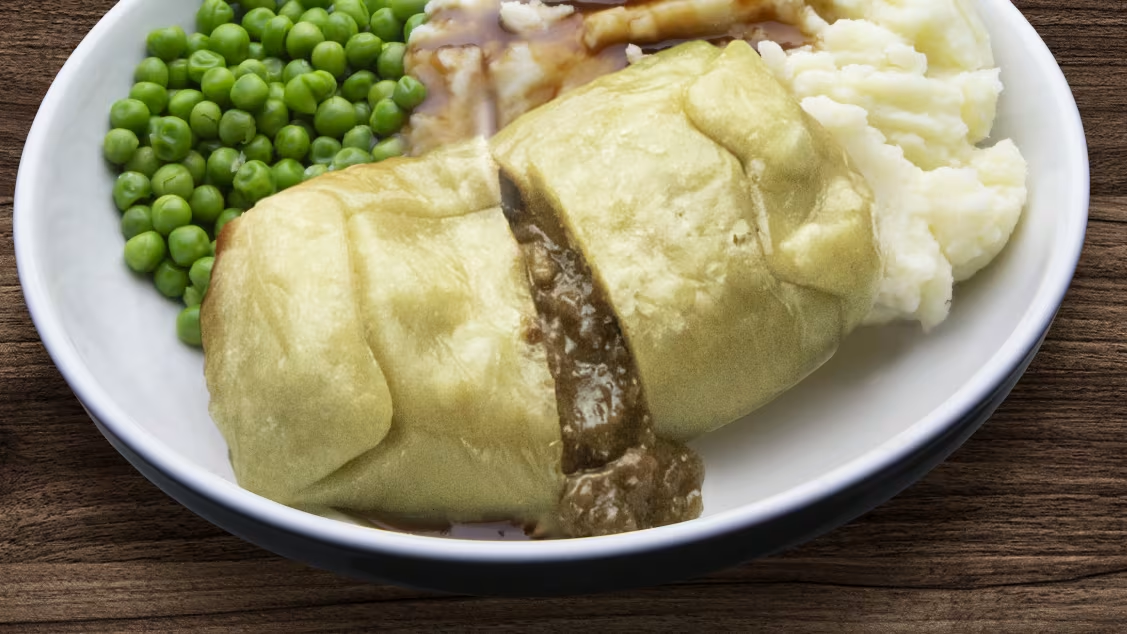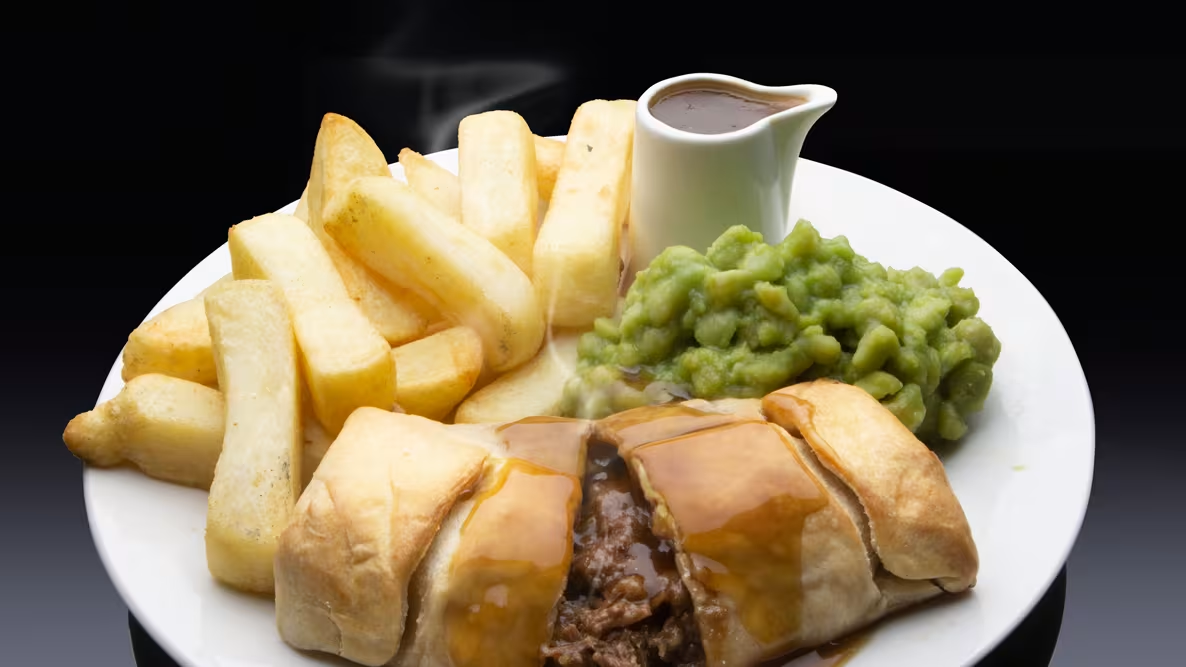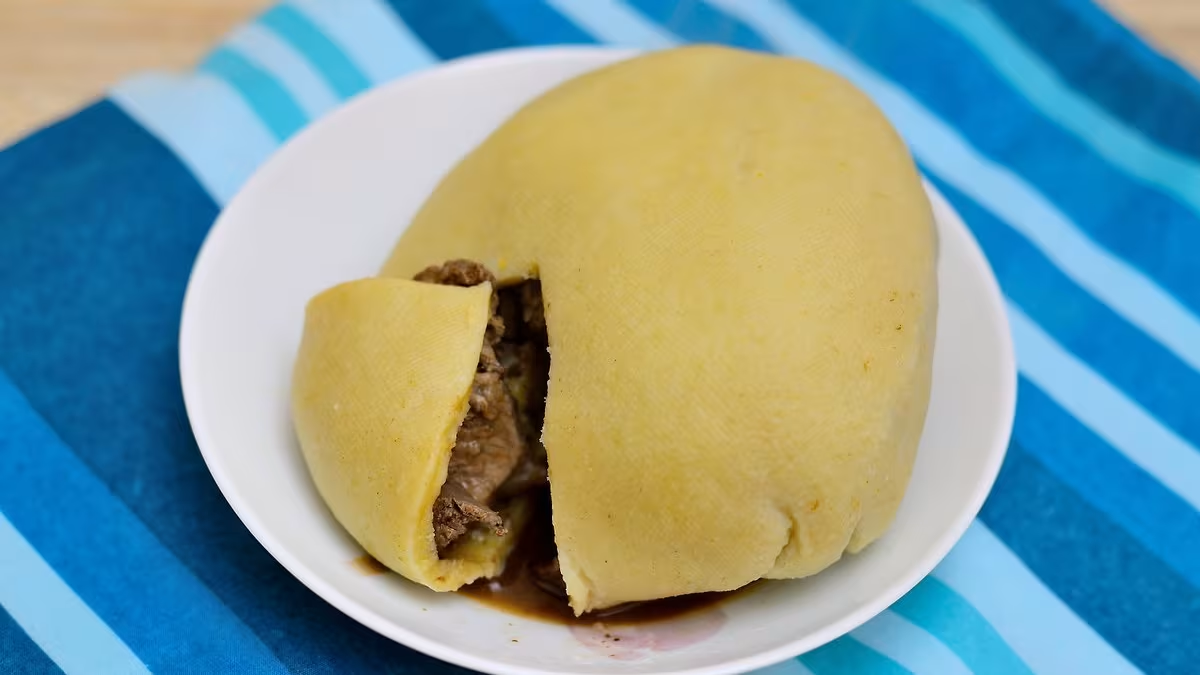
Deliciously Easy Rag Pudding Recipe: Comfort Food at Its Best!
Written by Jessica Lopez
Published at 09-03-2024
Edited on 03/23/2025 | 06:43 PM
Main-Course RecipesCourse: Dessert
Cuisine: American Vintage
Difficulty: Moderate
Servings
10-12 slices
Prep Time
25 minutes
Cooking Time
35 minutes
Total Time
1 hour
Fat
18g
Protein
5g
Carbs
55g
Calories
450 kcal
Welcome to the heartwarming world of comfort food, where every bite tells a story! Today, we’re diving into a delightful dish known as rag pudding. Originating from the beautiful landscapes of England, this traditional recipe has been a beloved staple in many households for generations. It’s not just a dish; it’s a celebration of simple ingredients coming together to create something truly magical.
Imagine a soft, fluffy pudding enveloped in a savory, rich sauce that warms you from the inside out. Perfect for chilly evenings or family gatherings, rag pudding is a dish that brings everyone to the table. What makes this rag pudding recipe so special is its versatility.
You can easily customize it with your favorite meats or vegetables, making it a fantastic option for using up leftovers. Plus, it’s incredibly easy to prepare, requiring minimal cooking skills and just a handful of ingredients. Whether you’re a seasoned chef or a kitchen novice, you’ll find this recipe straightforward and rewarding.
In just a few simple steps, you’ll create a dish that not only nourishes the body but also warms the heart. So, gather your ingredients, roll up your sleeves, and let’s make this delicious rag pudding together! You won’t just be following a recipe; you’ll be creating a comforting meal that’s bound to become a new family favorite. Ready to get started? Let’s dive into the recipe!.


